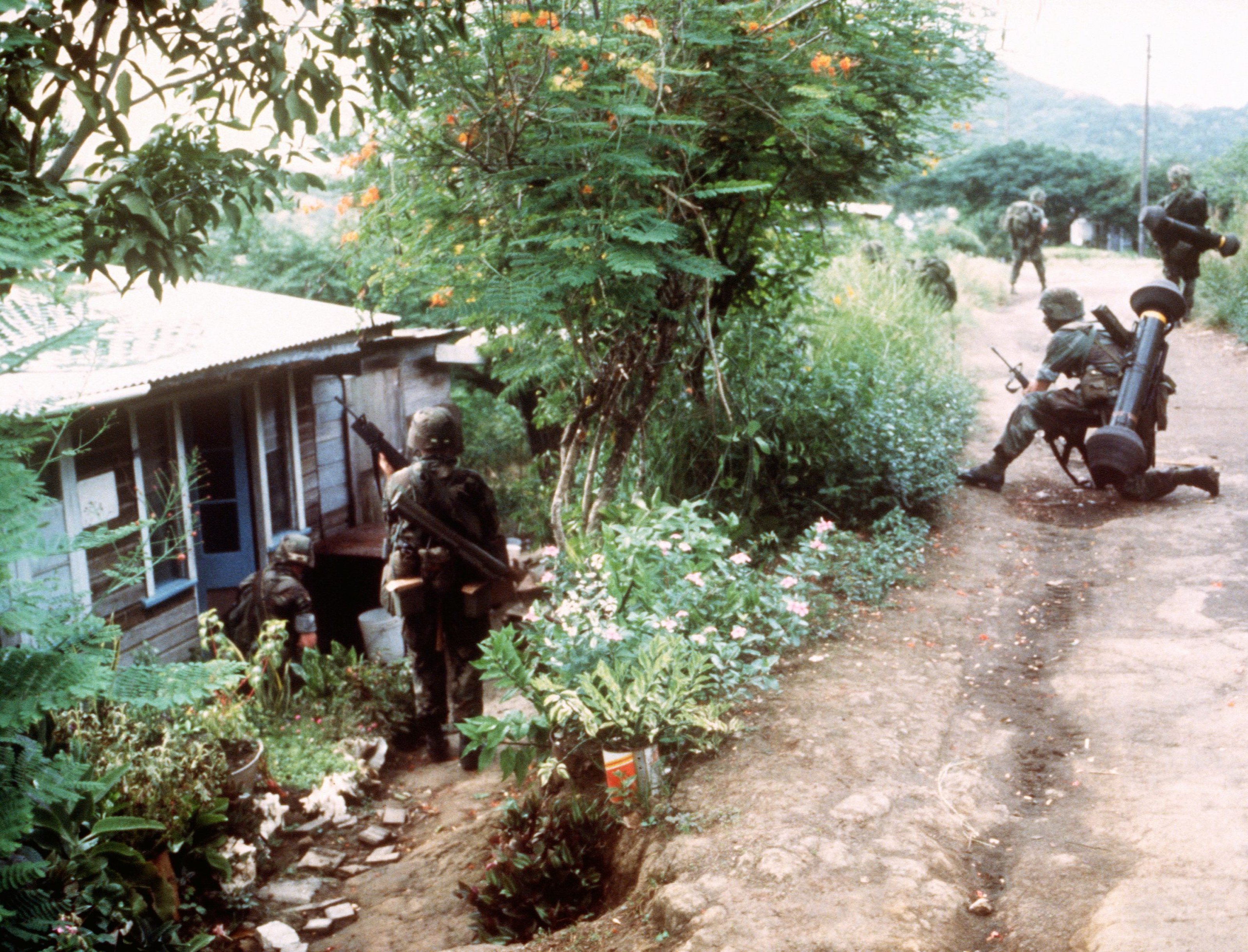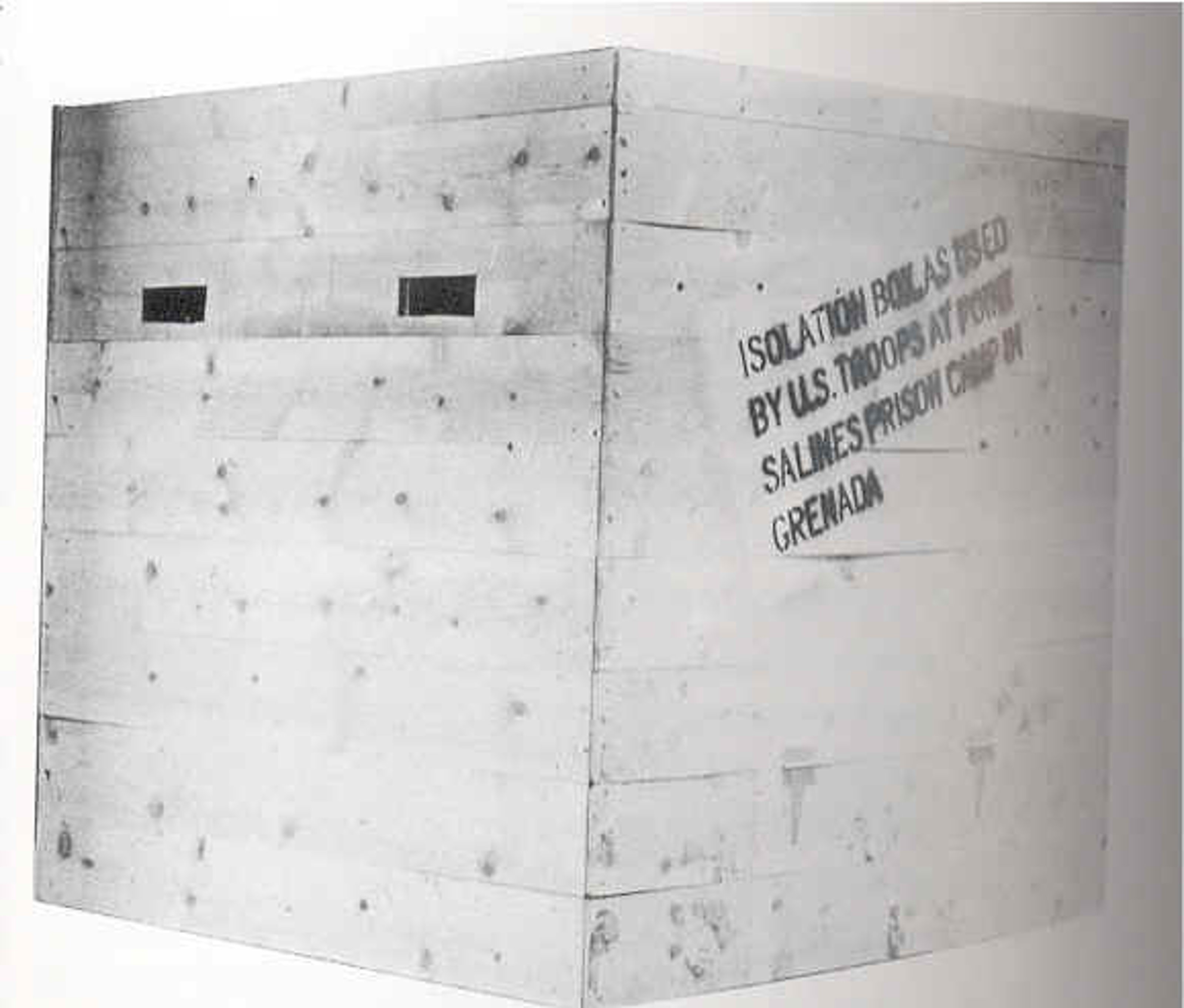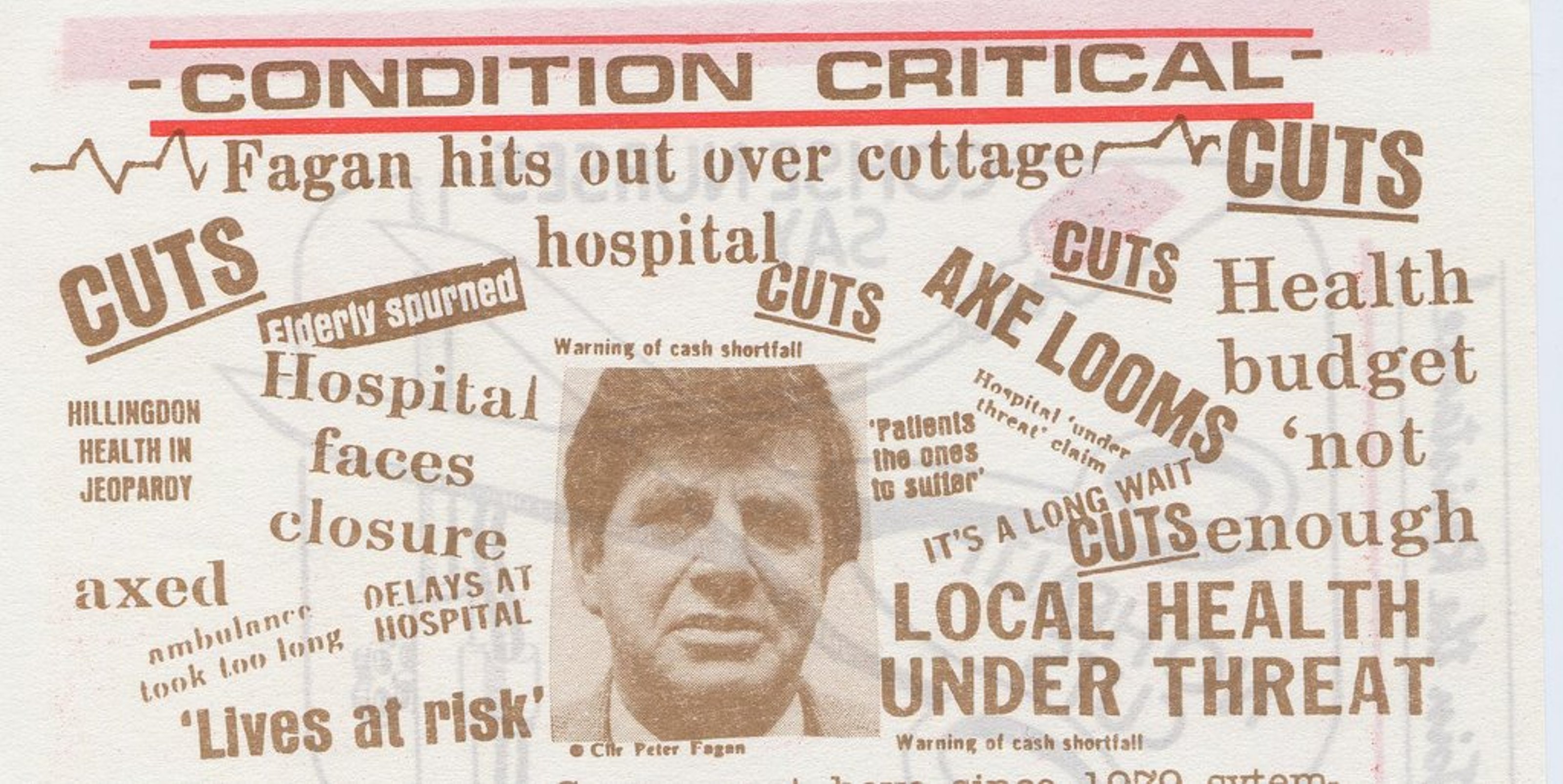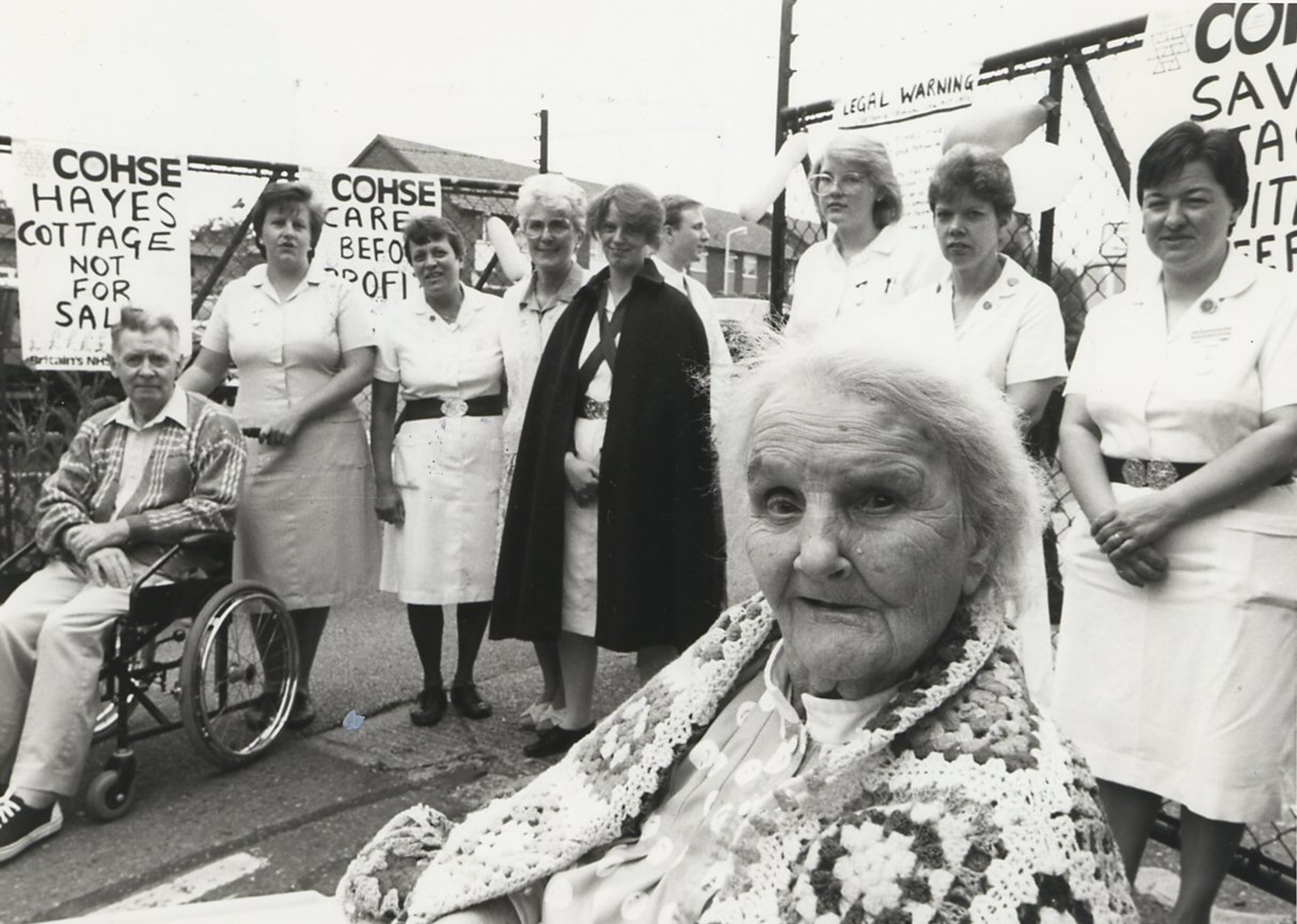
This article is the fifth installment of a collaboration between and Working Class History, a project dedicated to bringing to light the everyday actions of citizens; the working class. As much of history is written by the powerful and the wealthy, Working Class History aims to highlight the struggles of the unheard, to enlighten and impact the world of today. Check their , follow them on and listen to their .
US Invasion of Grenada, Oct 25th 1983
On 25 October 1983, the United States invaded the Caribbean island of Grenada. The stated justification of the invasion was to “protect” US citizens.
However, the real reason was very different. In the wake of their defeat in Vietnam, the US was keen to demonstrate its military and political might, and as a senior US official told New York Times journalist Bernard Gwertzman, “What good are manoeuvres and shows of force, if you never use it?”

Leaflet handed out by US Troops during invasion
Scores of people were killed in the invasion, with hundreds wounded, as the US government toppled the left-wing government which had been established after independence from Britain.
18 civilians were killed when US aircraft missiles hit a mental hospital.

6 Oct 1983, Washington, DC, USA — A group of demonstrators march past the White House in Washington on Wednesday, Oct. 26, 1983 protesting the involvement of U.S. Marines in the invasion of the island of Grenada. (AP Photo/Scott Stewart) — Image by © Scott Stewart/AP/Corbis
The new, pro-US government which was subsequently set up, established October 25 as a national holiday called “Thanksgiving Day” to commemorate the invasion.
Political scientist Stephen Shalom subsequently pointed out the hypocrisy of the invasion. While no US citizens were at risk in Grenada, in some other countries in the region, some US citizens really were in danger.
For example the four American nuns who were murdered by death squads in El Salvador. Historian Howard Zinn pointed out: “there was no US intervention there, no Marine landings, no protective bombing raids. Instead Washington backed the death squad regime with military and economic aid, military training, intelligence sharing, and diplomatic support.

Hans Haacke – “US Isolation Box, Grenada, 1983,” 1984.
This artwork was shown in conjunction with the Artists Call Against U.S. Intervention in Central America; a collaboration of artists, curators and galleries that organized exhibitions to call attention to the victims of U.S invasions in the region in 1984.


Hayes Cottage Hospital Protest, Oct 25th 1983
On 25 October 1983, workers at the Hayes Cottage Hospital in England decided to occupy their workplace and run it collectively in protest at its proposed closure the following week.

A local campaign leaflet explained:
“This action was taken after a lot of thought but it was clearly the only way to stop the closure after other avenues had been exhausted.
The reaction of the people of Hayes has been really magnificent. We have had visitors coming round with food, supplies and money. Messages of support have been flooding in from all over London while a delegation from Charing Cross Hospital came over to see us. Ken Livingstone [a Labour politician] sent a message of congratulations saying ‘This will be an example to other parts of the London Health Service faced with cuts in vital jobs and services. Best wishes for the struggle ahead.’
The best bit of news recently has been that the G.P’s [general practice doctors] connected with the hospital are to start admitting patients again so we will be running just as before. Certainly, the patients in the Cottage Hospital are solidly behind the “work-in. Fifteen of them have signed a petition demanding the retention of the hospital and one patient has insisted that if any attempt is made to move her she intends to die in the ambulance……
Our aim in this struggle is to force the District Health Authority to take their proposals for cuts out to full public consultation. We believe that the people of Hillingdon have a right to a say in the sort of Health Service that is provided instead of a totally undemocratic and unaccountable group of individuals dictating from on high.
We believe that we are going to win the battle for Hayes Cottage Hospital but to do so we need the help of the ordinary people of Hayes.”

Community of Hayes Hospital protesting its closure.
The work-in lasted until December, when authorities backed down and agreed to keep the hospital open.
End.
This article is part of a series of special features for the exhibition ‘1-31’ curated by Adam Carr.